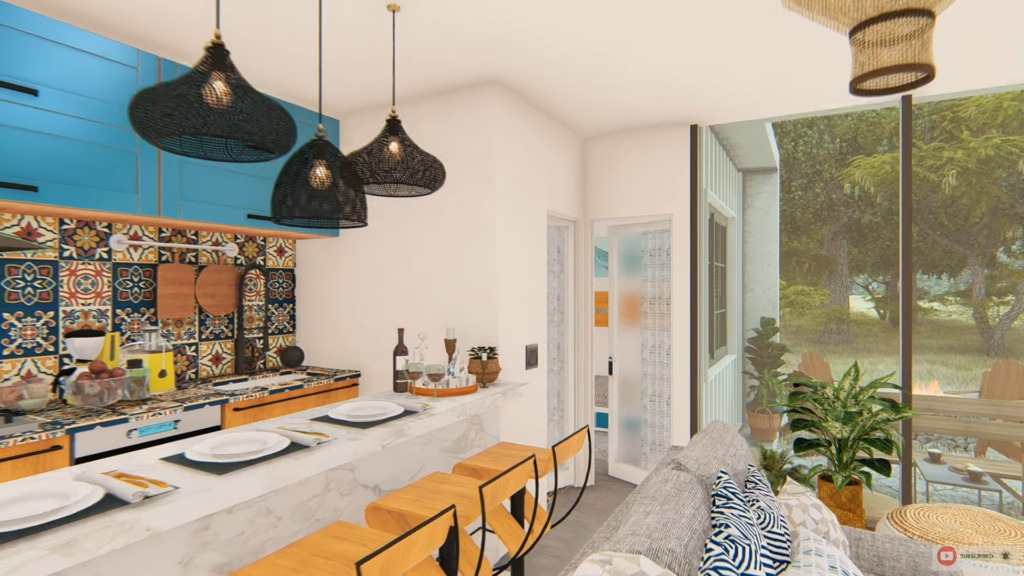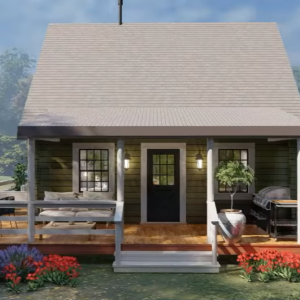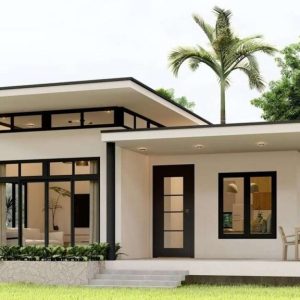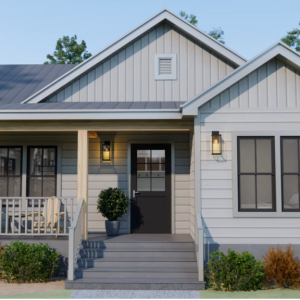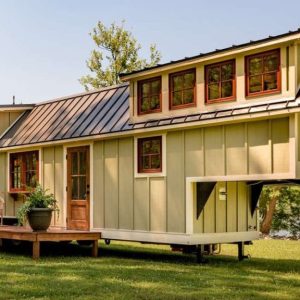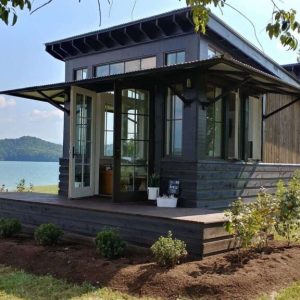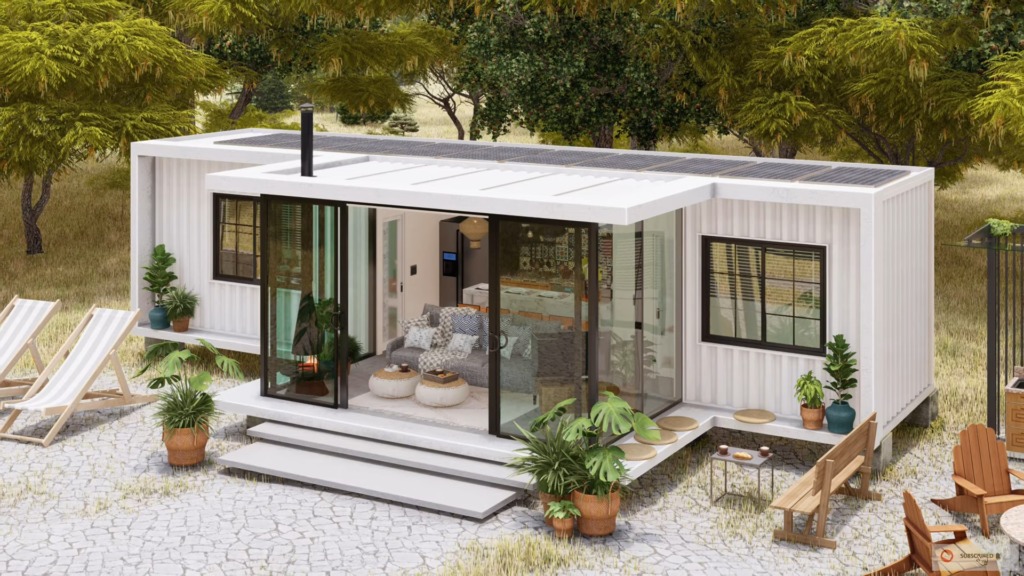
Nowadays, sustainability and environmentally friendly lifestyles have become more important than ever. Therefore, thrifty tiny houses are increasingly gaining popularity. Economical tiny house design refers to an approach that offers creative solutions to optimize small living spaces and increase energy efficiency. In this article, we will discuss the importance and basic elements of economical tiny house design.
Economical tiny houses promote a sustainable lifestyle by largely replacing high-cost homes. These homes typically have 500 square meters or less of living space and aim to keep energy, water, and material use to a minimum. However, these tiny homes offer experiences rich in functionality, comfort, and aesthetics.
One of the main features of economical tiny houses is the flexibility to choose their location. These houses, which are usually built on wheeled chassis, can be easily moved when needed. This gives homeowners the freedom to travel and the opportunity to enjoy different landscapes.
Energy efficiency is at the heart of efficient tiny house design. Renewable energy sources such as solar panels, wind turbines, and passive solar heat capture are used to meet the energy needs of these homes. Additionally, high-quality insulation and energy-efficient devices minimize energy consumption. These homes not only reduce energy costs but also reduce the carbon footprint.
Water saving also stands out as an important element of economical tiny houses. Rainwater harvesting systems and grey water recycling optimize water use. In addition, systems designed to effectively heat and cool water also prevent water waste.
The interior design of economical tiny houses is thought out in such a way that every centimeter of space is used. Multifunctional furniture, hidden storage areas, and smart designs help use living space with maximum efficiency. Additionally, natural light and good ventilation also make interiors more spacious and comfortable.
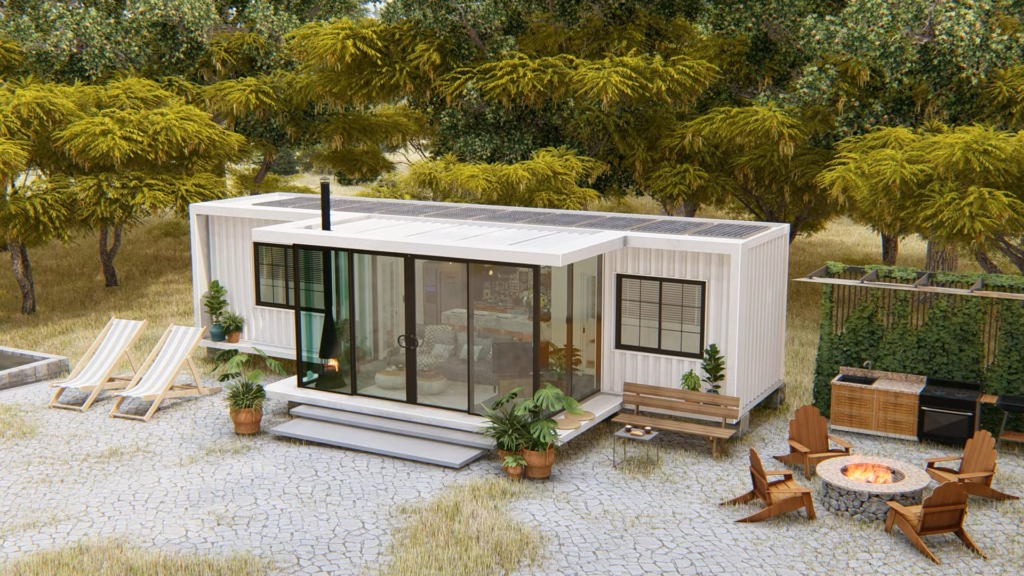
Economic Benefits: Economical tiny houses require less ownership costs to manage a smaller living space. This can help homeowners save money and borrow less. It also offers an economically sustainable option in the long term due to reduced energy costs and reduced maintenance needs.
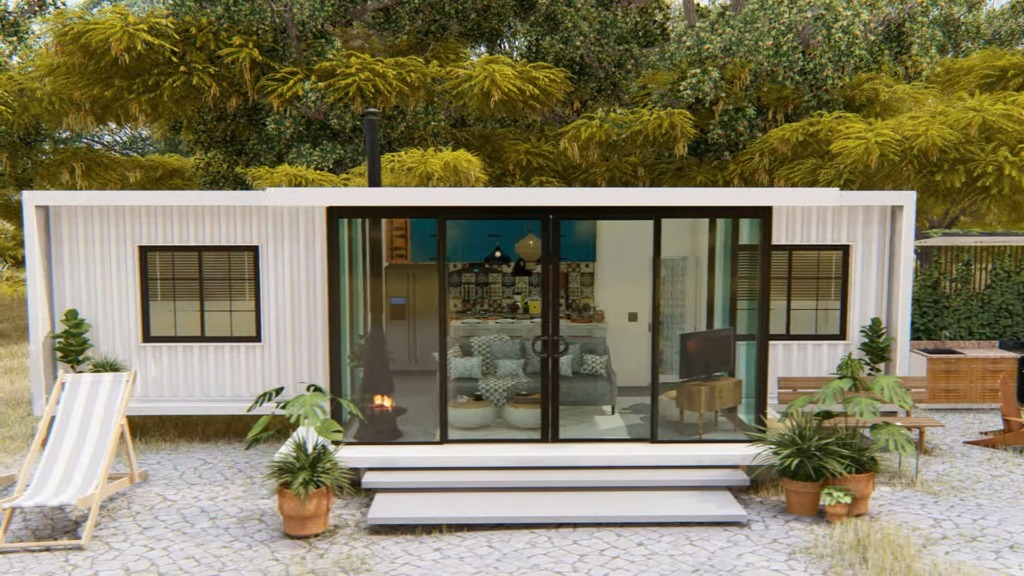
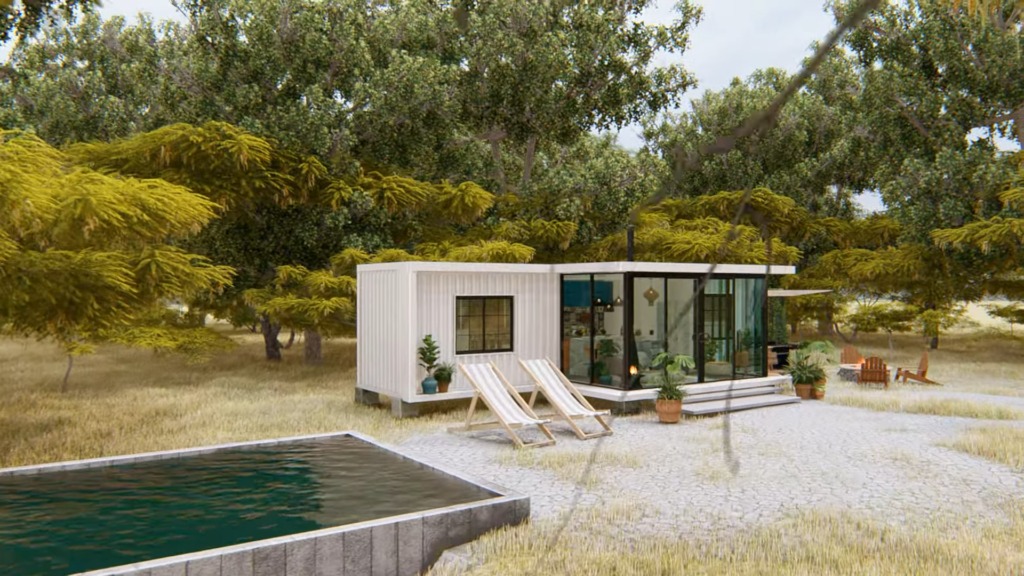

Environmentally Friendly: These tiny houses preserve natural resources and reduce waste production by minimizing energy and resource use. This reduces the carbon footprint and minimizes negative impacts on the environment.

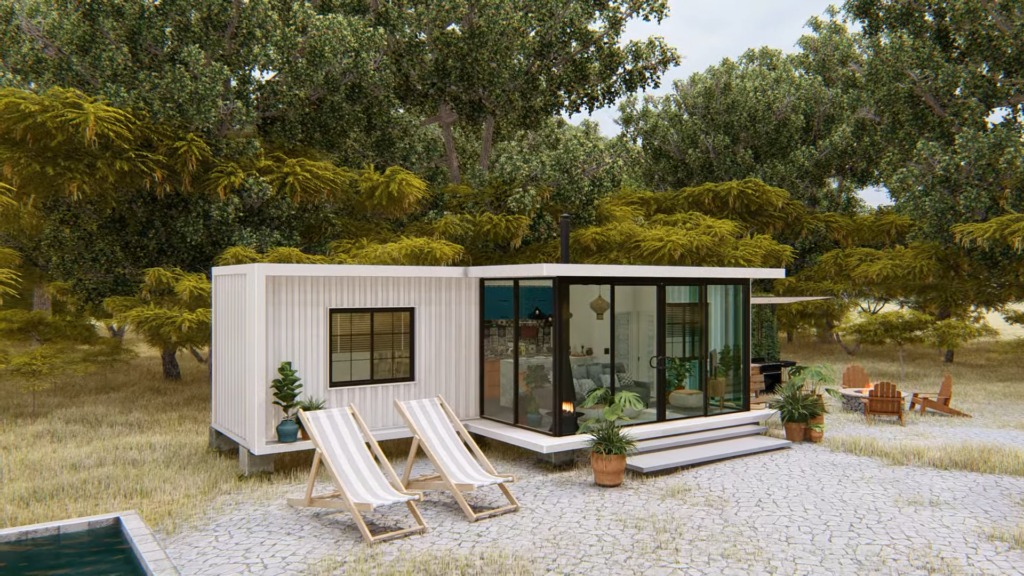

Minimalism and Simplicity: Tiny houses offer owners the opportunity to adopt a simple and minimalist lifestyle. Living with fewer belongings gives you the chance to review your consumption habits and focus on more meaningful experiences.


Portability: Tiny houses with wheeled chassis offer owners the freedom to travel. This is ideal for those who want to explore different places and get more in touch with nature. They’re also easily portable if you need to relocate due to job changes or lifestyle choices.
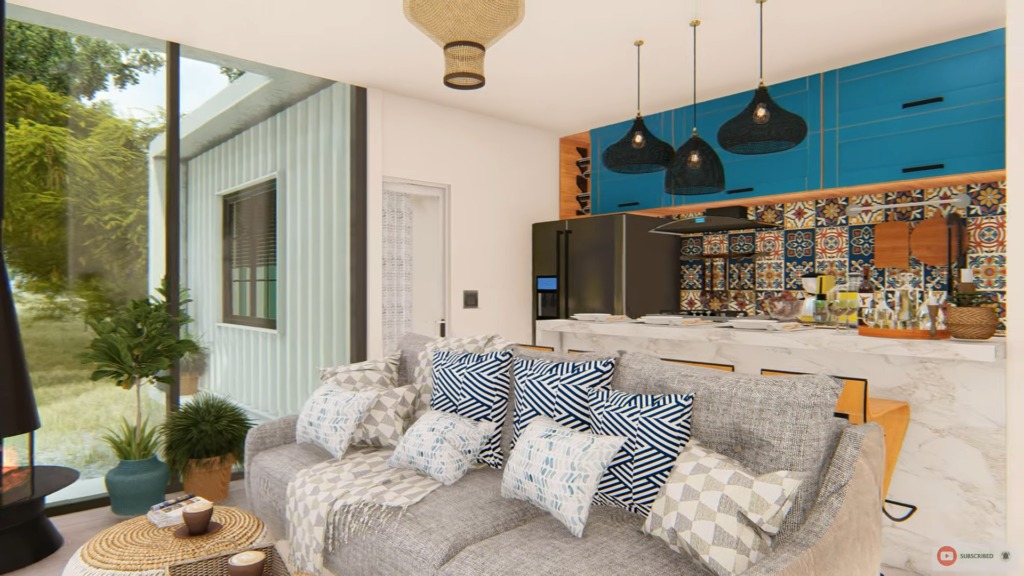
Low Maintenance: A small living space reduces cleaning and maintenance work. This frees up homeowners with more time and energy so they can focus on activities they enjoy more.
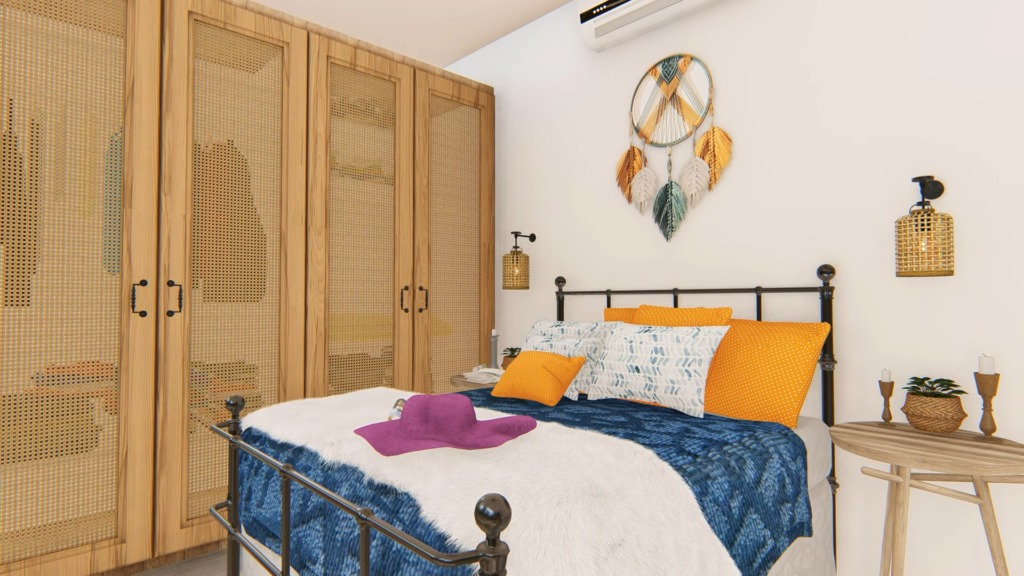
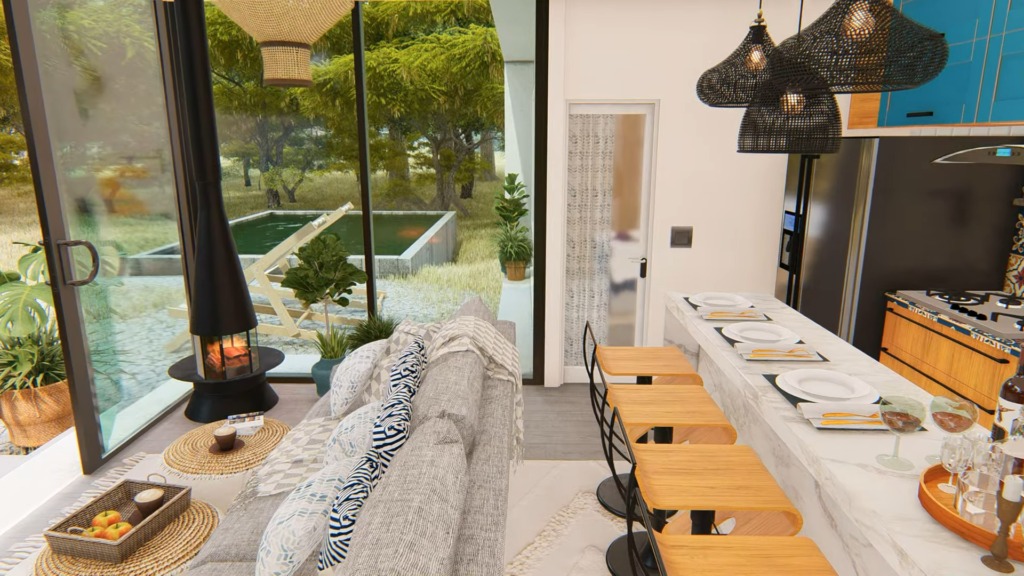
Creating Your Design: Tiny houses offer personalized and unique design opportunities. They can customize the interior and exterior as they wish.
